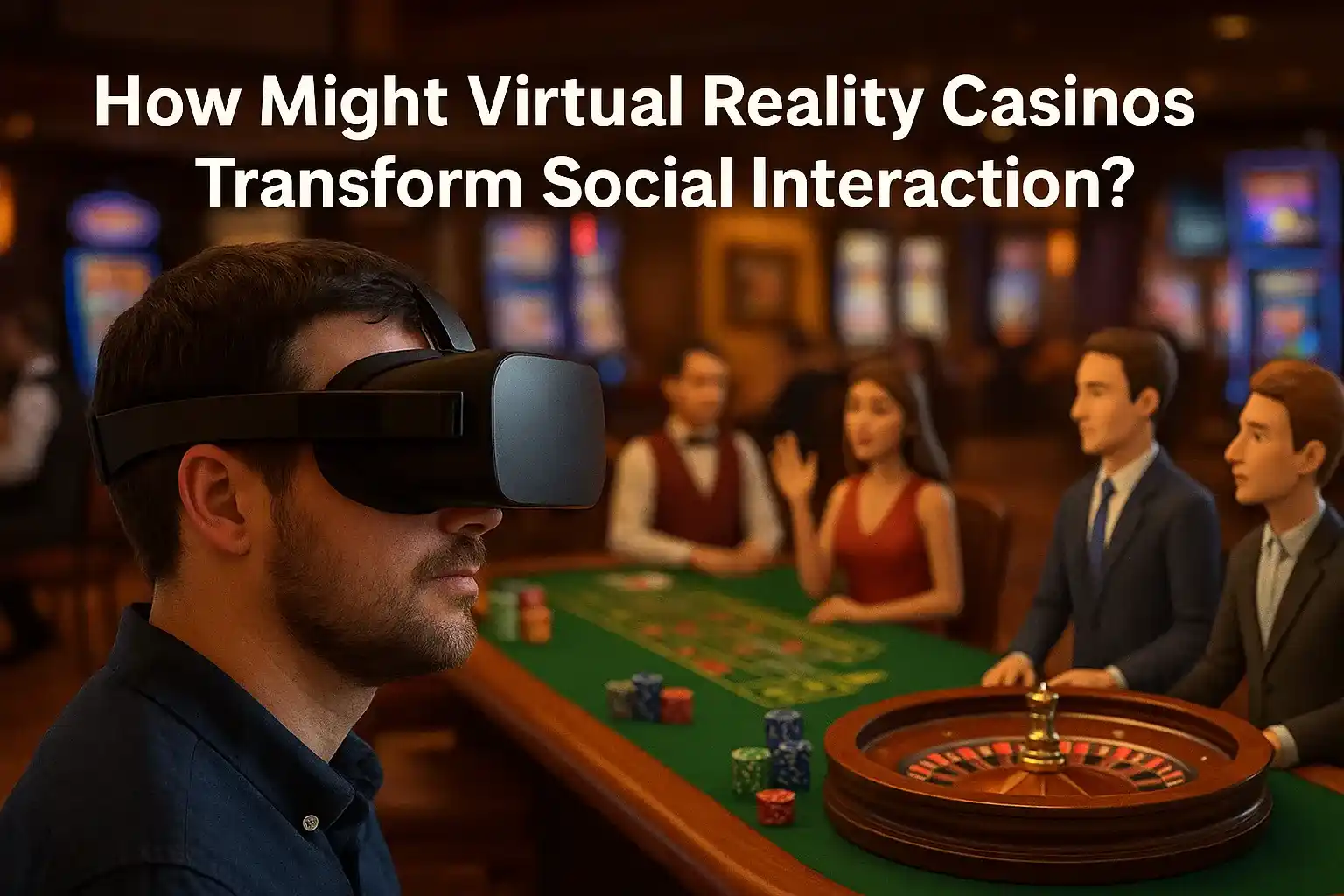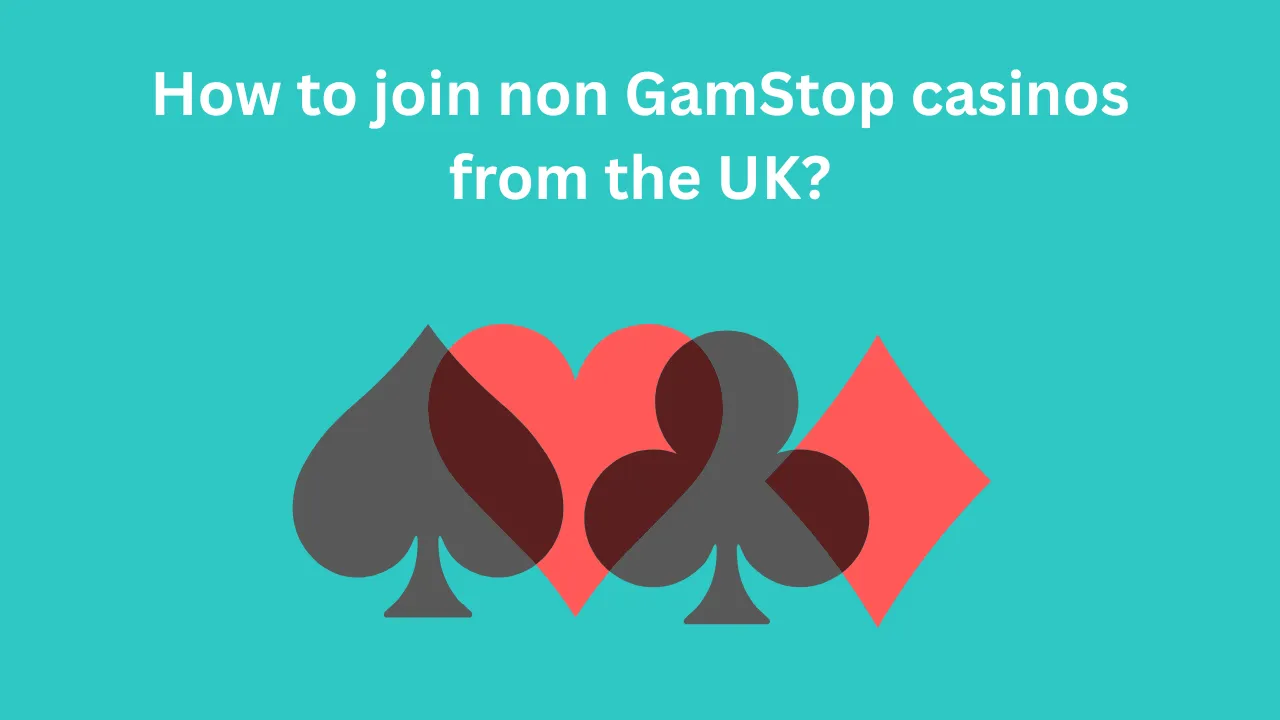When I first slipped on a VR headset and walked into a virtual casino lounge, I was struck by the uncanny blend of immersion and connection. Rather than clicking symbols on a screen, I found myself navigating avatar-populated spaces, nodding to strangers at poker tables, and toasting digital cocktails at roaming bar carts. As virtual reality (VR) technology matures, casinos are racing to reimagine social gaming. But what does this shift mean for player behavior, community-building, and the future of social interaction in gambling? Drawing on firsthand VR experiences, conversations with developers, and emerging industry trends, let’s explore how VR casinos could redefine the social side of gaming.
Building a New Kind of Casino Community
Traditional online casinos often feel solitary—chat boxes and emotes can’t fully replicate the buzz of a live floor. VR changes that by placing players in a shared, spatial environment. You can wander from table to table, overhear conversations, and see fellow avatars react in real time. It’s the difference between watching a movie on your couch and attending a live concert.
Early adopters report that VR dealer interactions add authenticity—a smile from a virtual croupier or an animated chip slide creates rapport. In multiplayer slots, friends can spectate each other’s spins, celebrating wins or consoling losses with voice chat. These micro-moments foster camaraderie in ways that flat interfaces simply can’t match.
The Technical Foundations of Spatial Gaming
Under the hood, VR casinos rely on robust 3D engines and low-latency networks. Headsets like the Meta Quest series or Valve Index render high-fidelity environments, while audio positional systems ensure voices emanate from the correct direction. Developers calibrate avatar expressions and gestures—raising a hand to cheer or leaning in to commiserate—to mirror real-world body language.
Virtual casinos also integrate sophisticated networking layers. Maintaining smooth frame rates and synchronized world states for dozens of players requires distributed servers and dynamic load balancing. Without stable connections, avatars might jitter or audio lags could spoil the social illusion. As bandwidth expands and edge computing grows, we can expect these environments to feel more seamless and lifelike.
Social Design Principles in VR Spaces
Creating engaging social spaces involves more than tech—it demands intentional design. Game architects craft lounge areas where avatars naturally congregate, strategically placing high-interest activities like live dealer tables or mini-games. Lighting cues, soundscapes, and environmental details guide players organically. A softly glowing slot corridor beckons curious visitors, while a spotlighted blackjack table signals ongoing action.
Psychologists emphasize “social affordances”—features that promote spontaneous interaction. In VR casinos, these include gesture recognition for toasts, reaction emojis floating above avatars, and impromptu event triggers like virtual fireworks when someone hits a jackpot. Such mechanisms transform passive spectators into active participants, reinforcing a sense of shared experience.
Ethical Considerations and Player Privacy
While VR socialization offers excitement, it also raises questions around privacy and consent. Unlike text chats, voice and spatial proximity expose more personal data—tone of voice, ambient background sounds, even inadvertent glimpses of a player’s real-world environment through mixed reality pass-through. Developers must implement robust moderation tools, privacy filters, and opt-in settings for voice proximity to protect users.
Moreover, as VR casinos attract players seeking anonymity, platforms—especially those operating as no kyc casinos—face scrutiny over anti-money laundering (AML) and responsible gaming safeguards. Balancing ease of entry with regulatory compliance will be critical to ensure safe, sustainable communities in virtual spaces.
From Casual Chats to Competitive Tournaments
VR allows for diverse social formats. Casual players can join open lounges, striking up friendly banter at roulette wheels or slot machines. Others might seek structured tournaments—cue sports shows, poker leagues, or slot marathons—where leaderboards update in real time and commentators provide play-by-play audio.
I participated in a VR blackjack tournament recently where avatars sat at semicircular tables around a virtual stage. Live commentary streamed overhead, and spectators gathered on virtual bleachers, cheering through hand gestures. The energy rivaled that of televised esports, demonstrating VR’s potential to unify casual and competitive play under one immersive roof.
Wellness and Responsible Gaming in Virtual Worlds
Immersive environments can amplify both enjoyment and risk. Extended VR sessions may lead to motion discomfort or blur the line between real and virtual experiences. Casinos are experimenting with wellness features—“time-out lounges” with calming visuals, automated reality checks projected as gentle notifications, and avatar sleep animations signaling a recommended break.
Developers also explore biometric feedback integration. Heart rate or gaze tracking could trigger responsible gaming prompts when stress indicators spike. While still nascent, these innovations hint at VR’s capacity to support healthier gaming habits by combining immersion with personalized well-being signals.
Monetization and Virtual Economy Dynamics
Social interaction in VR casinos isn’t just about chatting—it underpins robust economies. Virtual currency purchases for avatar customization, private space rentals, and spectator seats fuel new revenue streams. Limited-edition virtual items—branded skins, celebratory emotes, or premium lounge access—tap into collector psychology.
However, these virtual economies must be designed carefully to avoid exploitative microtransactions. Transparent pricing models, clear refund policies, and equitable reward structures will foster trust. Community governance tools—like voting on new features or shaping event calendars—can further legitimize virtual casinos as player-driven social ecosystems.
The Future of Cross-Platform Social Play
As VR headsets proliferate, bridging the gap between VR and traditional platforms becomes essential. Many players may not own headsets but still want to join the social fun. Cross-play implementations allow desktop or mobile users to enter VR rooms as simplified avatars, typing or clicking emotes in lieu of motion controls. This hybrid approach expands communities, enabling friends with different hardware to gather in a shared casino.
Looking ahead, mixed reality lounges could blur physical and digital spaces. Imagine attending a real-world casino wearing AR glasses that overlay virtual players onto empty seats, or hosting VR poker nights where friends avatarically share a living room table. These convergences promise entirely new social gaming frontiers.
Final Thoughts
Virtual reality casinos herald a new era of social gambling, transcending the isolation of online play and the logistical constraints of brick-and-mortar venues. By combining spatial audio, expressive avatars, and thoughtfully designed social affordances, VR environments can cultivate vibrant communities and memorable shared experiences. Yet to thrive responsibly, platforms must address privacy, moderation, and well-being, ensuring that virtual socialization enhances—not exploits—the human desire for connection.
Whether you’re a casual slot spinner looking to mingle or a competitive card shark craving live interaction, VR casinos hold the potential to transform social gaming in profound ways. As technology advances and regulatory frameworks evolve, these virtual playgrounds may become the go-to destinations for players seeking both thrill and camaraderie in the digital age.











